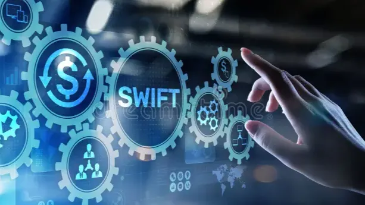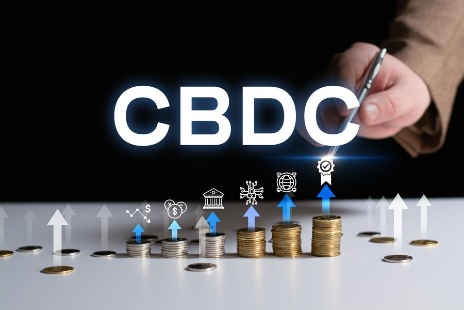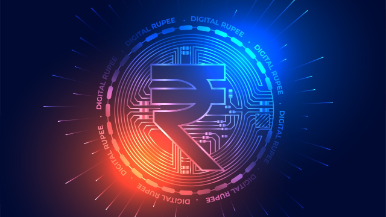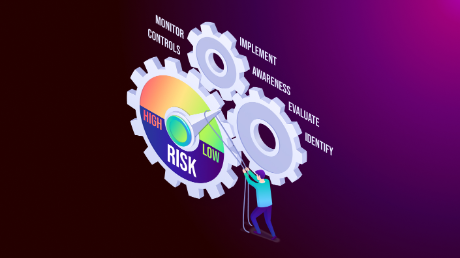
For decades, the SWIFT network has been the backbone of international finance, facilitating secure messaging between banks for cross-border payments. But as the digital asset revolution gathers pace, a new paradigm is emerging: tokenisation—the process of representing assets, currencies, or financial instruments as digital tokens on distributed ledger technology (DLT). This innovation has the potential to “unbundle” SWIFT’s role by enabling value to move directly, securely, and instantly across networks without the need for legacy intermediaries.
Tokenisation promises several advantages that challenge SWIFT’s traditional model. By putting financial assets—whether currencies, bonds, trade finance instruments, or even commodities—on blockchain-based rails, settlement can happen in near real-time with full transparency. This bypasses the multi-step, multi-day processes typical of SWIFT’s correspondent banking system, reducing costs, delays, and counterparty risk. For corporates and consumers, this translates into faster and cheaper payments, especially in cross-border trade.
In practice, tokenisation could also enable new forms of programmable money and smart contracts. These innovations allow transactions to carry embedded rules—such as automatic compliance checks, instant collateral release, or conditional payments triggered by events like shipment confirmation. This level of automation and efficiency goes far beyond the messaging capabilities of SWIFT, reshaping how financial flows are managed globally.
However, the path to unbundling SWIFT is not straightforward. Tokenised systems must grapple with regulatory acceptance, interoperability, and scalability. Central banks and regulators worry about stability, anti-money-laundering (AML) compliance, and data privacy in tokenised networks. Moreover, large banks that rely on SWIFT’s trusted infrastructure are cautious about transitioning to decentralized or hybrid systems without clear global standards.
SWIFT itself is not standing still—it has begun experimenting with tokenisation and blockchain-based pilots to remain relevant in a changing landscape. Yet, as private tokenised platforms and central bank digital currency (CBDC) projects gain traction, the monopoly of SWIFT in global payments could erode. The future may not eliminate SWIFT entirely, but tokenisation could force it into a new role—one where it coexists with or integrates into digital asset ecosystems rather than dominating them.
In essence, tokenisation represents a fundamental shift in the plumbing of global finance. By enabling direct, programmable, and near-instant transfers of tokenised value, it poses both a challenge and an opportunity for SWIFT. The outcome will depend on how regulators, central banks, and financial institutions balance innovation with stability, and whether tokenisation evolves into the backbone of the next-generation payment infrastructure.

Jessica Wright
Junior Editorial
Email: jessica.wright@theempiretimes.org
All stories by : Jessica Wright



















3 Comments
Ruth M. Reed
August 29, 2025 at 8:24 pmClear and timely analysis—this really helps make sense of recent market movements.
ReplyPhillip C. Baker
July 21, 2025 at 10:44 pmImpressive to see how much Big Tech is investing in R&D this year. 2025’s shaping up to be a turning point.
ReplySarah T. Coleman
July 11, 2025 at 14:44 pmGreat coverage on U.S. AI policy—finally some clarity for global investors.
Reply